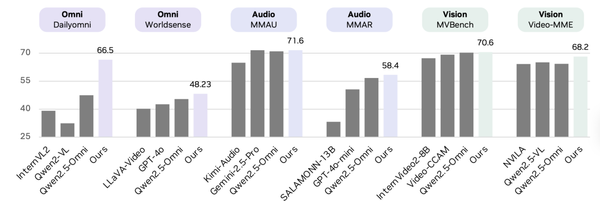An AI Glasses Give 5 Million Blind People Hope to See Again
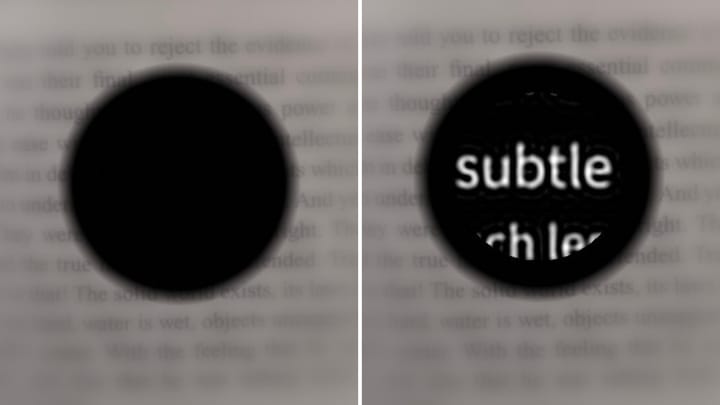
Sight Restored: How a 2 mm Chip Helps Blind Patients See Again
People who have been blind for many years can now regain their sight — a breakthrough that came sooner than many expected.

▲ Left: simulated vision with visual impairment. Right: simulated vision after the new research innovation.
---
The Landmark Study
This pioneering work was led by Stanford University in collaboration with Science Corporation, a brain–computer interface startup founded in 2021 by Max Hodak (co‑founder of Elon Musk’s Neuralink).
Published in The New England Journal of Medicine (NEJM), the team recruited 38 patients with late-stage AMD (Age-related Macular Degeneration), whose central retinal photoreceptor cells had completely died.
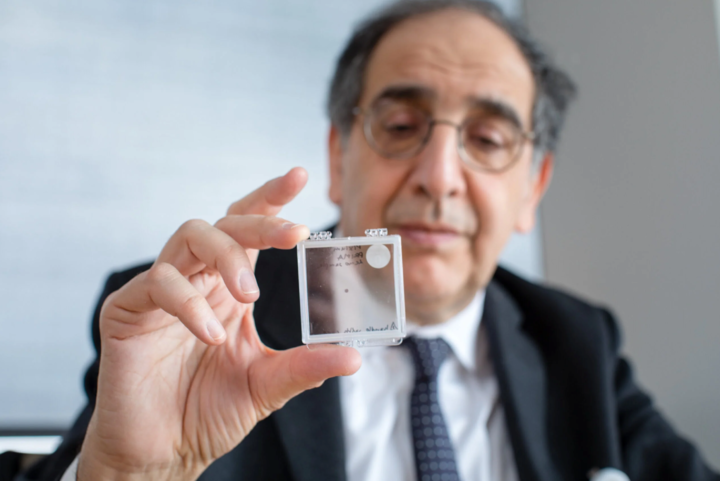
▲ Doctor holding the PRIMA chip implant
The researchers implanted a PRIMA chip — only 2 mm wide and 30 µm thick, smaller than a grain of rice — to replace the dead photoreceptors.
Results: After one year, 80% of evaluable participants (26 out of 32) achieved clinically meaningful vision improvement, recognizing over 25 additional letters on an eye chart.
---
Understanding AMD and Why It Causes Blindness
The Role of Photoreceptors
Central vision comes from macular cone cells in the retina.

▲ Light enters the eye via the iris, focuses on the retina, becomes electrical pulses, and travels through the optic nerve to the brain.
In AMD:
- Photoreceptor cells that convert light into electrical signals slowly die.
- Peripheral vision might still detect shapes, but a fixed dark spot appears in the center.
- Late-stage AMD prevents reading, face recognition, driving, and watching TV.
- Globally, ≈ 5 million people are blind due to AMD.

▲ AMD reading simulation — central dark spot obstruction.
Once these cells die, they cannot regenerate. Previous treatments slowed decline but never reversed blindness — until now.
---
How the PRIMA Chip Works
Even in AMD, retinal neural networks are often intact. This allows scientists to bypass dead photoreceptors by delivering electrical signals directly to neurons.
PRIMA acts like an implanted “camera + trigger” — responding to near‑infrared light and stimulating retinal neurons.

▲ Retinal imaging before (AC) and after (BD) chip implantation.
The Three Components
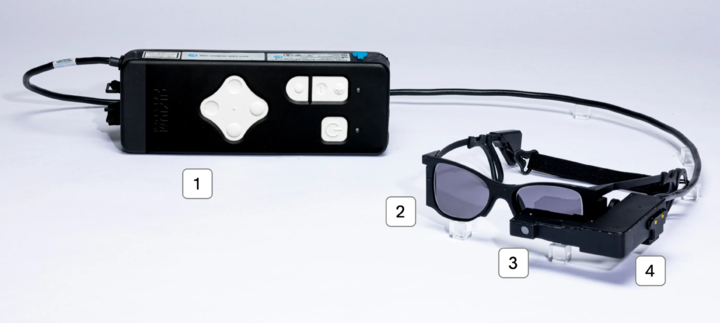
- Camera glasses — Built-in camera captures real-world images (items 2 & 3 in diagram; tint lens = 2).
- Pocket processor — Converts images to infrared signals (items 1 & 4; brightness/zoom adjustable in 1).
- Sub-retinal microchip — Transforms infrared into electrical stimulation, replacing photoreceptor function.
---
Step-by-Step Signal Path
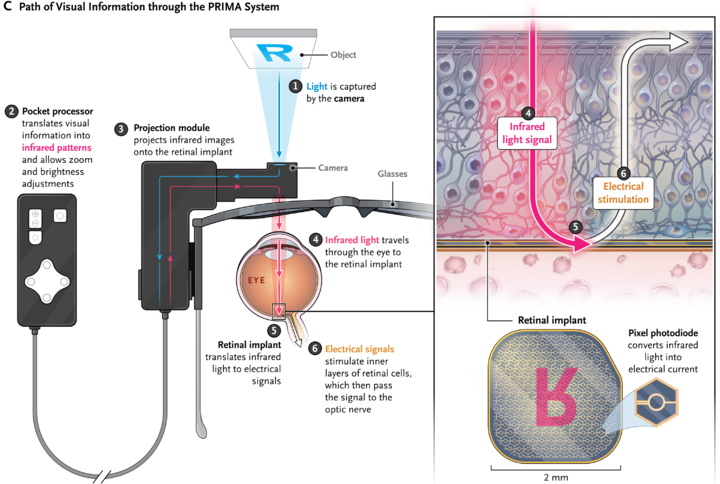
- Glasses’ camera captures the scene.
- Processor converts the image into near‑infrared projection.
- Infrared is transmitted to the implanted chip.
- Each chip pixel generates microcurrents in response to light.
- Microcurrents stimulate retinal neurons.
- Signals pass through the optic nerve to the brain — producing vision.

▲ PRIMA doesn’t repair old retina — instead, it adds a new light-sensing component.
---
Clinical Results: Remarkable, but Not Perfect
Trial Overview
- Conducted by Science Corporation in 17 European hospitals.
- All 38 dry AMD patients underwent surgery.
- One year later: 80% had significant improvement (≥ 0.2 logMAR).
- Most regained letter, number, and word recognition.
- Peripheral vision remained unaffected (the chip uses near‑infrared, avoiding natural photoreceptors).

▲ In trials, a “meaningful improvement” = ≥ 0.2 logMAR (~reading ≥ 10 extra letters).
---
Four Key Limitations
1. Limited “Visual Quality”
- Only 378 pixels → ~20/417 resolution.
- Vision is black & white; reading is slow and deliberate.
- ▲ Patient reading with PRIMA.
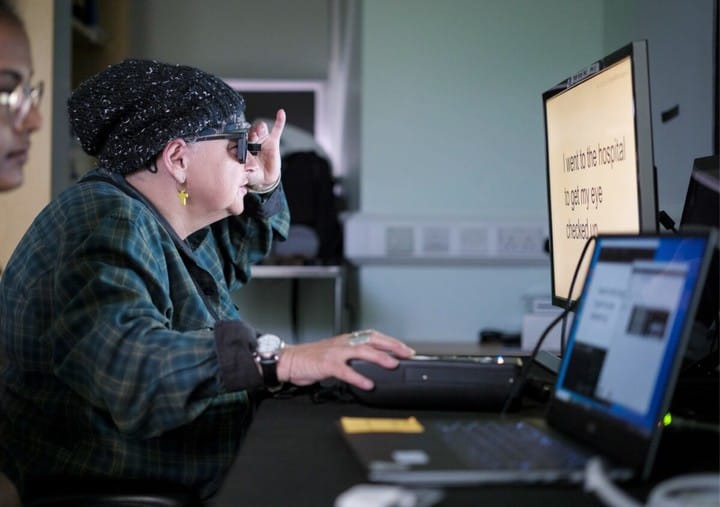
2. No Placebo Control Group
- Single-arm study (everyone received implant).
- Possible placebo effect from excitement and training.
- ▲ Without sham surgery, placebo effects can’t be ruled out.
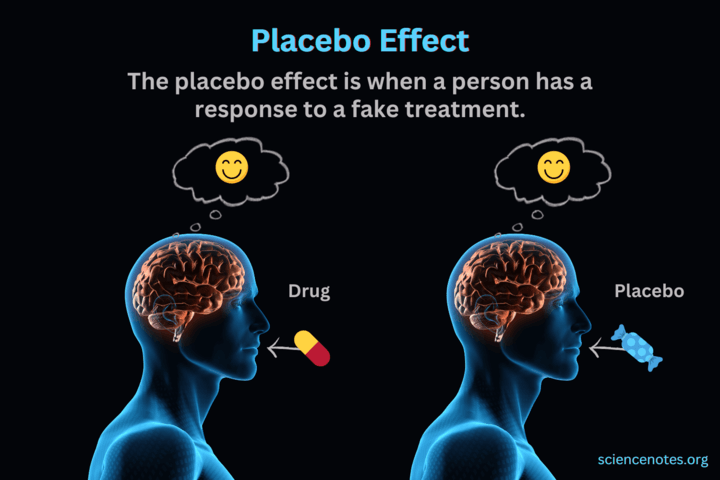
3. No Quality-of-Life Gain
- Vision chart scores improved, but daily life convenience did not significantly change.
4. Surgical Risks
- 26 serious adverse events reported (e.g., high intraocular pressure, macular holes, retinal detachment).
- Risks came from surgery — not the PRIMA device.
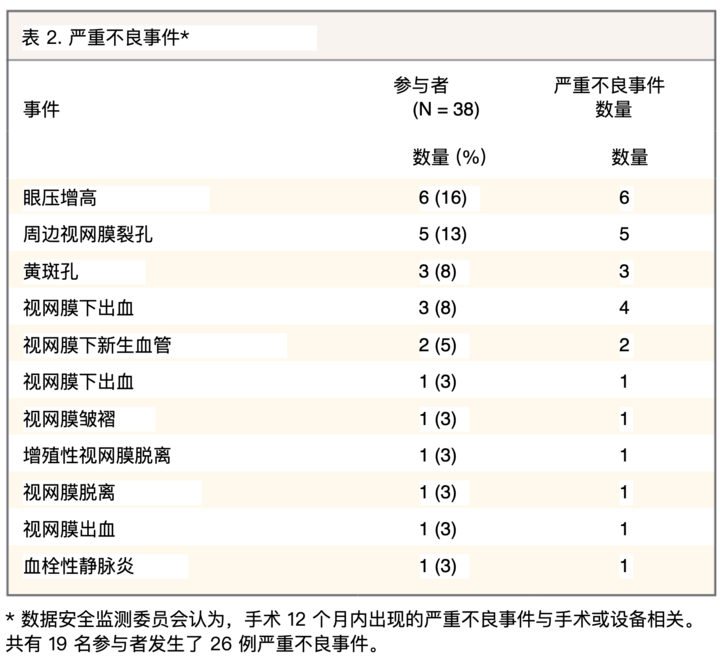
---
Why It Matters
Despite limitations, PRIMA’s ability to enable letter recognition makes it one of the most impactful advances in sight restoration in decades.

▲ Science Corporation is a clinical-stage medtech company.
Next steps:
- EU market certification application submitted (June).
- Next-gen chip planned with smaller pixels, higher resolution, and more stylish glasses.
---
AI-Powered Glasses: A Different, Everyday-Friendly Approach
Not all assistive vision tech requires surgery. AI-powered glasses can offer accessible, non-invasive support.
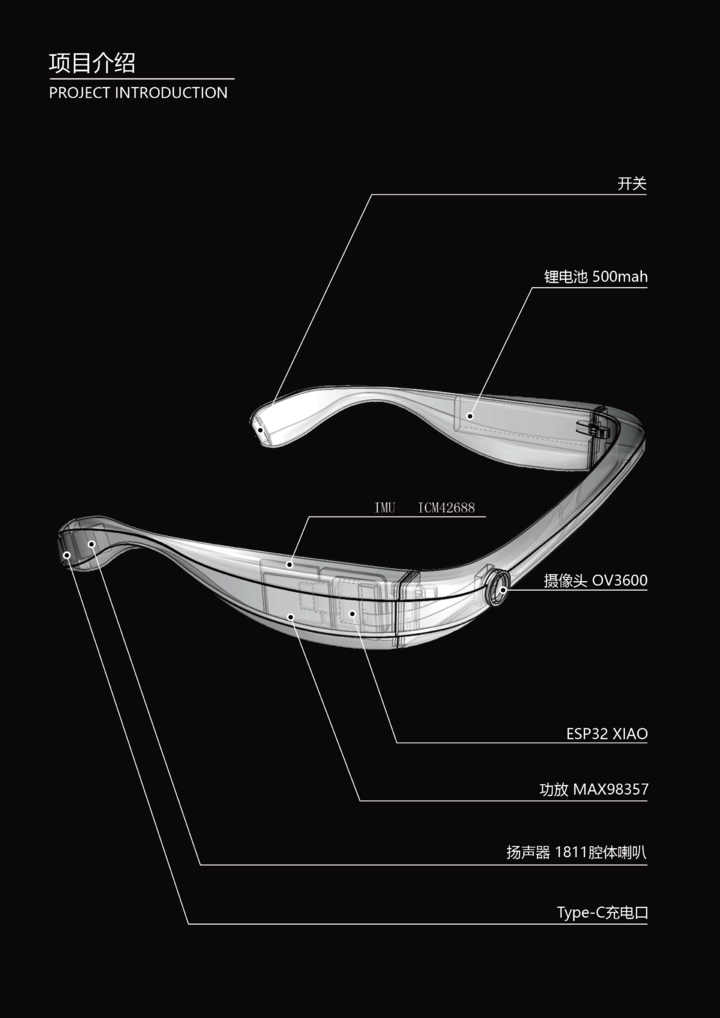
▲ Trending video: DIY AI glasses for everyday blind experiences.
Open-source platforms like AiToEarn官网 already help creators:
- Generate AI content.
- Publish across multiple platforms (Douyin, Kwai, WeChat, Bilibili, Rednote, Facebook, Instagram, LinkedIn, Threads, YouTube, Pinterest, X/Twitter).
- Monetize ideas and tutorials for assistive tech.
---
Accessibility as the Default Mode
AI glasses can serve as a real-time scene-to-speech translator. They may not offer visual reconstruction like PRIMA, but they can improve navigation and recognition of surroundings.
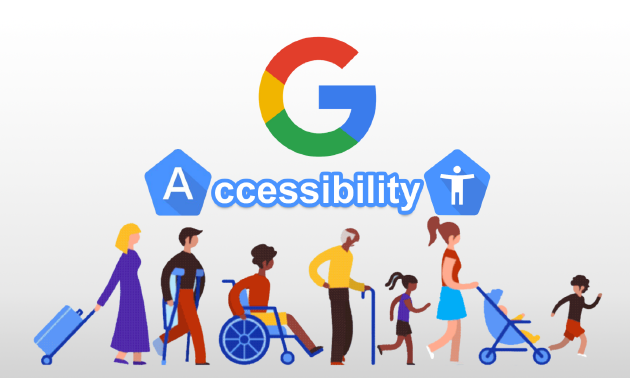
Many universal design innovations started for specific accessibility needs:
- Curb ramps — initially for wheelchairs, now vital for strollers, luggage, deliveries.
- Video subtitles — created for the hearing impaired, now widely used in noisy or quiet settings.

▲ NetEase’s AI Eyes won the 2024 iF Design Award for accessibility in gaming.
---
When AI Glasses Become “The Best Glasses”
Future assistive AI could:
- Recognize traffic lights.
- Detect obstacles.
- Announce promotions in nearby stores.
If designed for visually impaired users, these systems will be intuitive and instinct-aligned for everyone.

---
Closing Thoughts
In the AI era, products that start from genuine human needs and vulnerabilities — not hype — will be the most transformative.
Platforms like AiToEarn show how accessibility-driven principles enhance multi-platform creation and usability, benefitting a broad range of users from everyday consumers to professional creators.
---
References
- Holz, F.G., et al. (2025). Subretinal Photovoltaic Implant to Restore Vision in Geographic Atrophy Due to AMD. N Engl J Med. DOI: 10.1056/NEJMoa2501396
- Nature. (2025). People with blindness can read again after retinal implant. Nature News.



